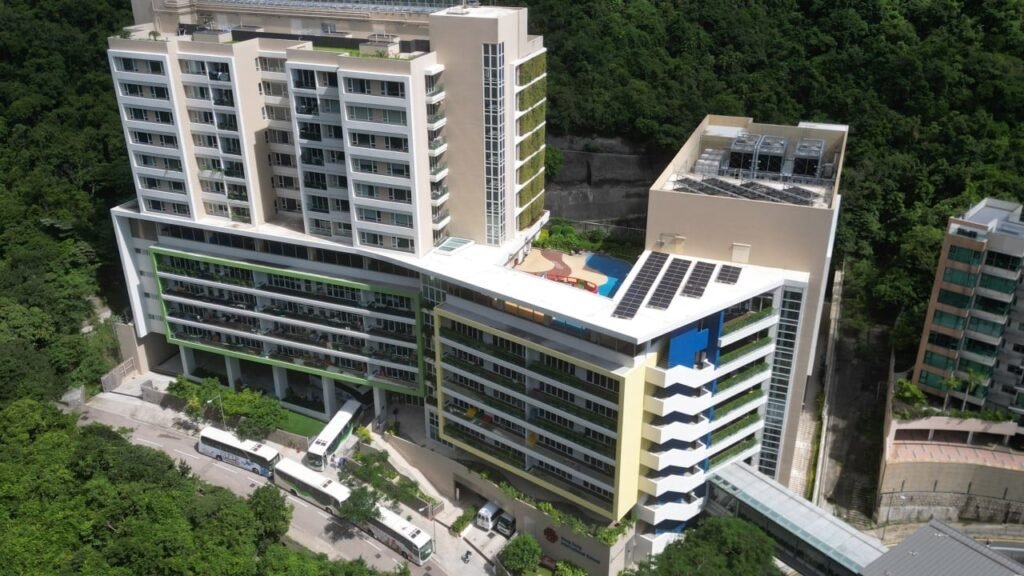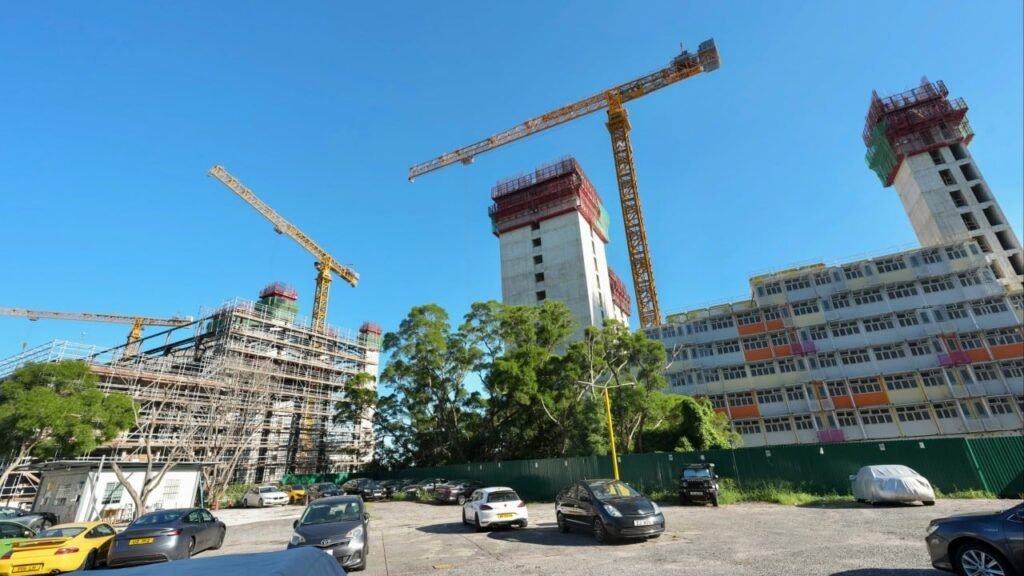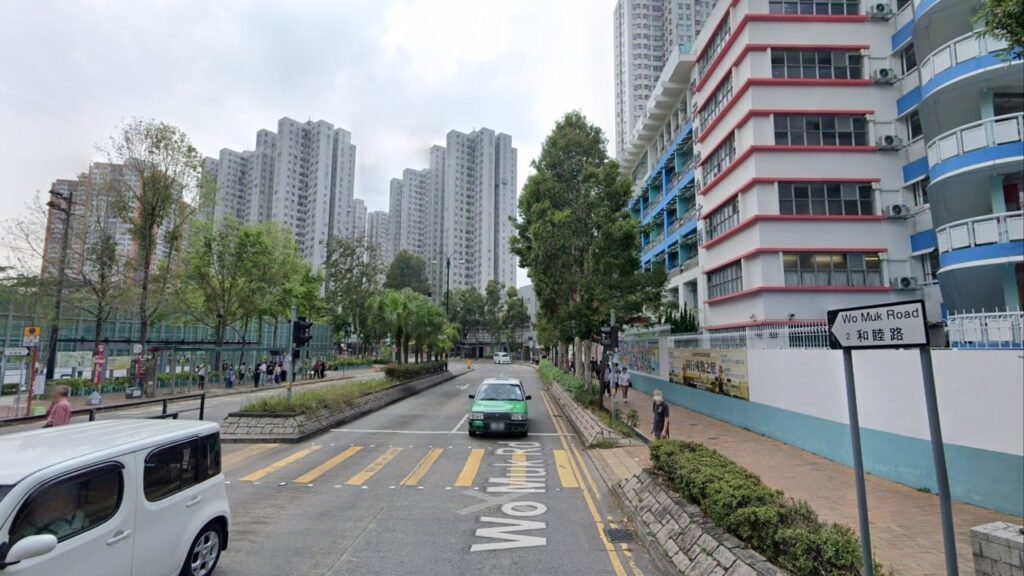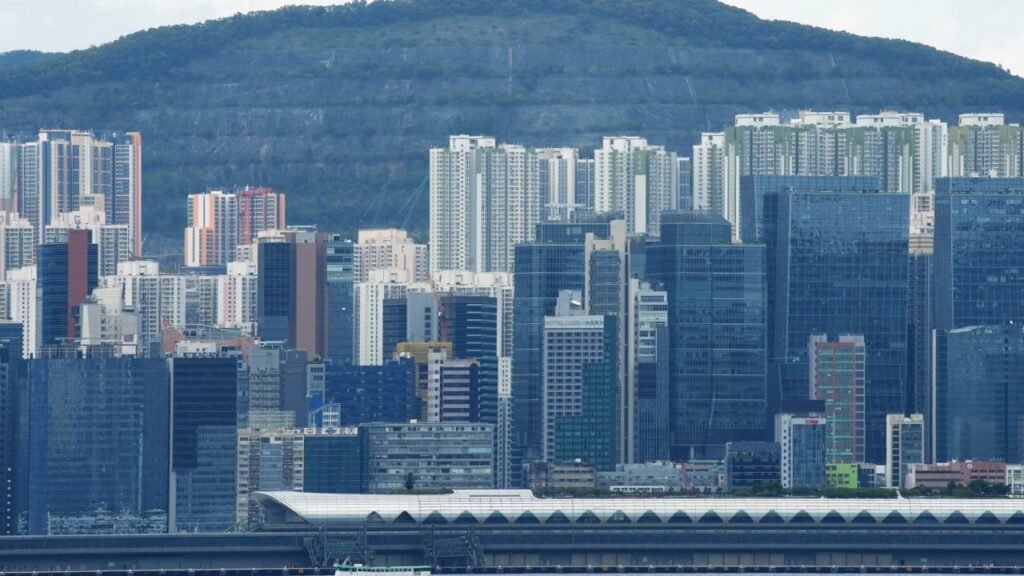
Few Hongkongers have the vaguest idea of the scale of government procurement, even though it is everywhere around us. The Government Transparency Institute, which tries to monitor government procurement worldwide, estimates it accounts for around 30 per cent of government spending.
Worldwide, public procurement shares at least three characteristics. First, it is a colossal business estimated to be worth US$9.5 trillion to US$13 trillion, about 10 per cent of the global economy. It is especially concentrated in the defence, housing, infrastructure and healthcare sectors.
Second, it is virtually invisible, with very few governments providing the information needed for business, journalists, academics or civil society organisations to analyse or interrogate the data. And third, it is a honeypot for corruption. The UN Office on Drugs and Crime estimates 10-25 per cent of the value of public contracts worldwide is lost to corruption – that can amount to over US$1 trillion a year.
Getting an accurate fix on the scale of public procurement worldwide, and of the corrupt skimming, is a tangled business. The Government Transparency Institute builds its estimates on the back of 72 million procurement contracts across 42 countries studied between 2006 and 2021.
Two other think tanks devoted to encouraging more transparency in public procurement, the Open Contracting Partnership and Spend Network, estimate a US$13 trillion market, but their analysis is based on openly published contracts amounting to US$362 billion – just 2.8 per cent of the market – as “governments disclose very little information about how this money is spent”. Just 16 countries are thought to account for over US$10 trillion in public procurement, with China (US$4.2 trillion) and the United States (US$1.8 trillion) making up more than half of this.








